Shelf Life
with works by Karimah Ashadu, Harun Farocki, Carolyn Lazard and Sung Tieu
18 JAN until 1 MAR 2025
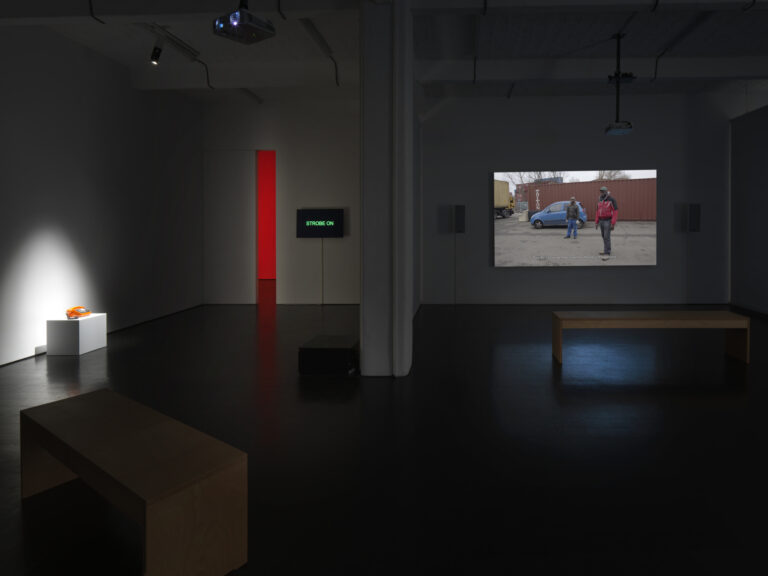
Installation view
Courtesy of the artist and Trautwein Herleth, Berlin
Photos by Jens Ziehe
The four-person exhibition, Shelf Life, features artists utilizing moving image. Via appropriation, juxtaposition, documentary and abstraction, the works included offer glimpses into the conditions that shape contemporary life. Stylistically and visually, the videos take different approaches, but each does so with the history of the medium in mind and each in its own way communicates how specific histories inform the present, charting the ways in which representation, desire and agency are regulated by economic and bureaucratic systems.
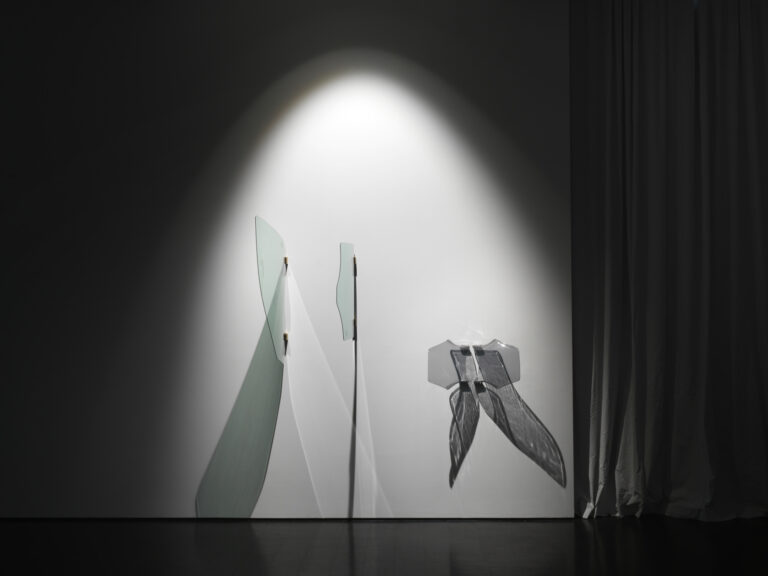
Installation view
Courtesy of the artist and Trautwein Herleth, Berlin
Photos by Jens Ziehe
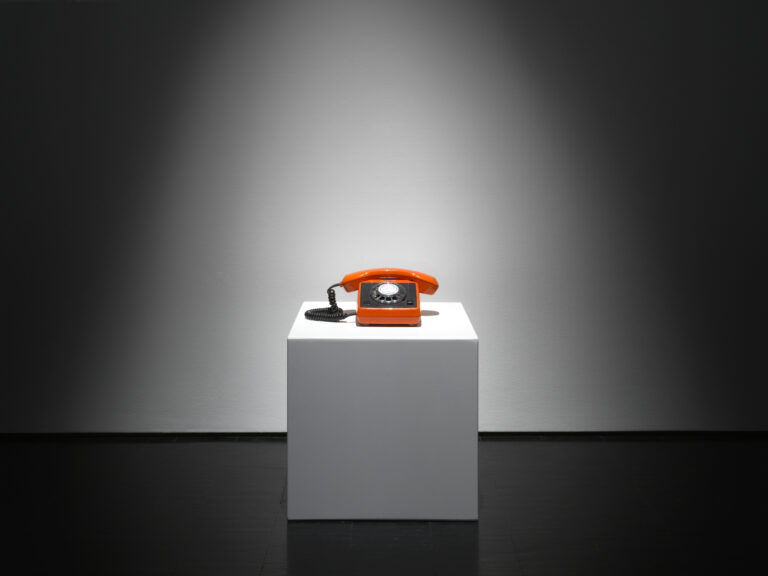
Installation view
Courtesy of the artist and Trautwein Herleth, Berlin
Photos by Jens Ziehe
Karimah Ashadu’s video Brown Goods, 2020, takes its title from a commonly used term for electrical consumer goods, such as televisions, vacuum cleaners and audio equipment. The film follows Emeka, a Nigerian migrant who has been living in Hamburg for seven years. He gives an account of his life in Germany and the work he undertakes on Hamburg’s “Billstrasse”, where he trades used electronic goods, shipping them to Africa. Importation and exportation in this case not only relate to an exchange of goods but also the free movement of people and the value of migrants like Emeka in a European context. His humanitarian status means he can’t officially work in Germany, which is how he eventually arrived on Billstrasse. Nevertheless, his self-sufficiency and contribution to the European economy is important to Emeka, who has a registered company in Italy where he pays taxes every year. Ashadu’s video is accompanied by two sculptures that repurpose elements from luxury automobiles.
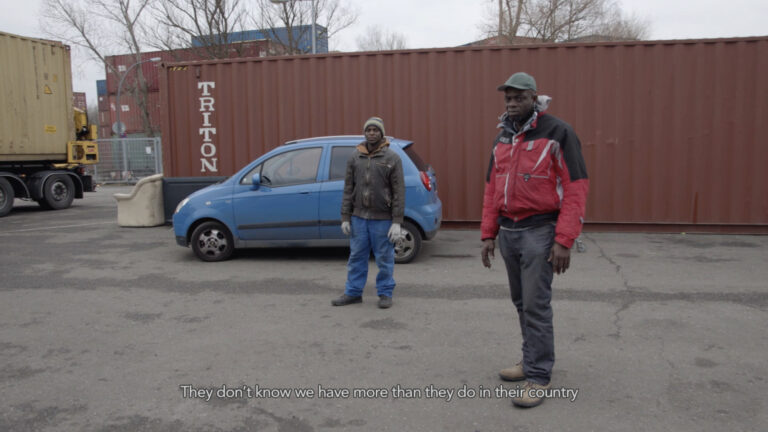
Karimah Ashadu
Brown Goods, 2020
HD digital film, colour with mono
sound, single channel
12:00 min
Ein Tag im Leben der Endverbraucher (A Day in the Life of a Consumer), 1993, by Harun Farocki stitches together television advertisements from four decades into a frenetic, capitalized narrative that takes place over the course of a day. Beginning with early rising farmers and snooze-button pressing husbands, the video collage works its way through morning skin care routines, commutes, the frustrations of the work day, happy hour, the requisite evening hours of television viewing, nightlife and more. The collision of idealized imagery upends and satirizes quotidian moments from everyday life, revealing the commercialization of almost every facet of our lives and the absurdity of manufactured desire.
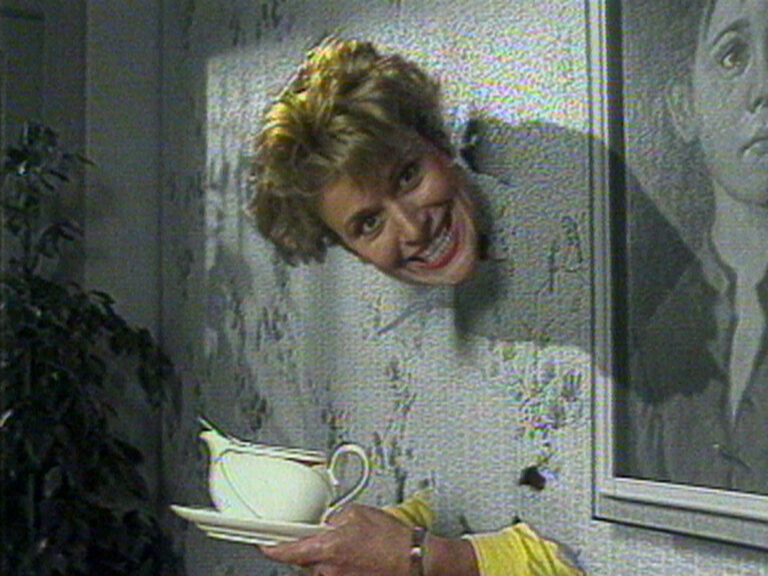
Harun Farocki
Ein Tag im Leben der Endverbraucher
(A Day in the Life of a Consumer),1993
video, DCP, colour and b/w, sound
44:00 min
Red, 2021, by Carolyn Lazard draws on the legacies of structuralist filmmaking – particularly the ‘flicker’ film. Red is both an homage and an inquiry into the accessibility of this kind of sensory, phenomenological mode of filmmaking. Historically, flicker films are created by alternating monochrome frames of celluloid film, which, when played at the standard 24 frames per second, can produce a kind of hypnotic or hallucinatory experience – or bring on photosensitive epilepsy. Lazard’s version differs in two important regards. First, rather than crafting the film atemporally via single frames of color, Lazard recorded Red in real time, using a cell phone camera and their finger. This relatively pragmatic decision draws attention to ideas of time, labor and value. The flickering image is tinted a fleshy red, bringing the body of the viewer into close proximity with the body of the artist. And second, Lazard extends the experience of the film into physical space, placing a second, related video channel outside of the room where the flickering channel is presented. This companion video, which is encountered first, provides information about the second video projection, allowing visitors to decide for themselves if they would like to engage with it.
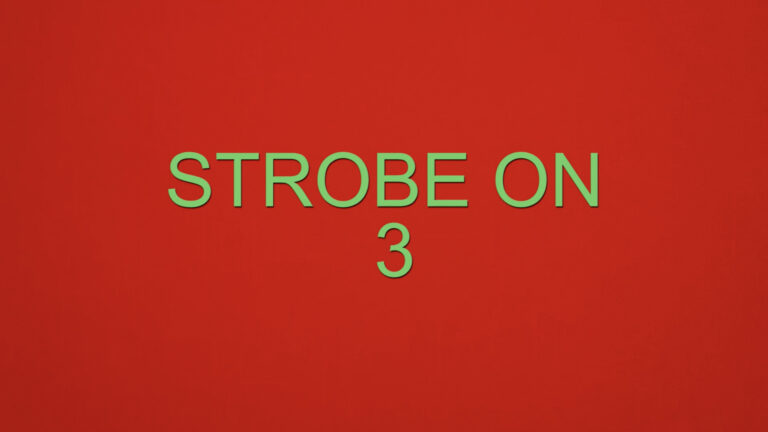
Carolyn Lazard
Red, 2021
Two channel video film installation
10:15 min
Sung Tieu’s film One Thousand Times, 2023 depicts a former housing complex on Gehrenseestrasse in Berlin – once one of the largest dormitory complexes in the GDR, built in early 1980s. Consisting of nine identical building blocks, the complex served primarily as accommodation for GDR contract workers, especially those from Vietnam, who were given approximately 5 square meters of living space per person under constant surveillance. After German reunification, the site remained a hub for Vietnamese diaspora and other immigrant groups – as well as a target of xenophobic aggression from anti-immigrant groups. Tieu herself lived in one of the buildings from 1994 to 1997. One Thousand Times shows the now derelict Objekt Gehrenseestrasse, stripped to its prefabricated concrete shell, graffitied and overgrown with trees, shrubbery and wildflowers. The complex, which has been unoccupied since 2003, is slated for demolition and re-development as a residential and shopping district.
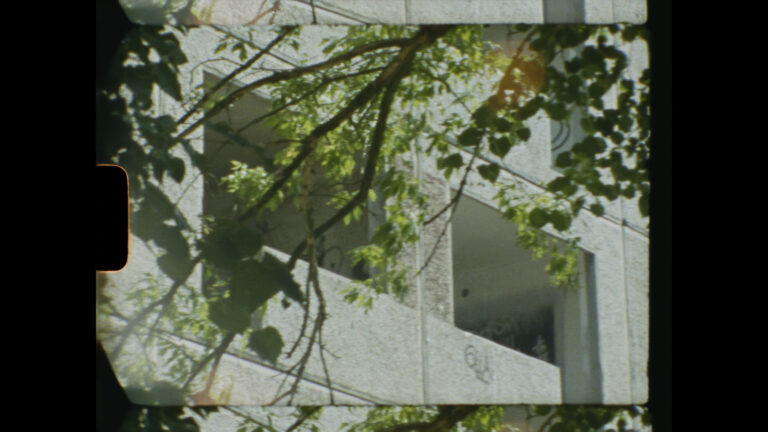
Sung Tieu
One Thousand Times, 2023
HD video, Super 8 film transferred to
digital, sound
8:51 min
